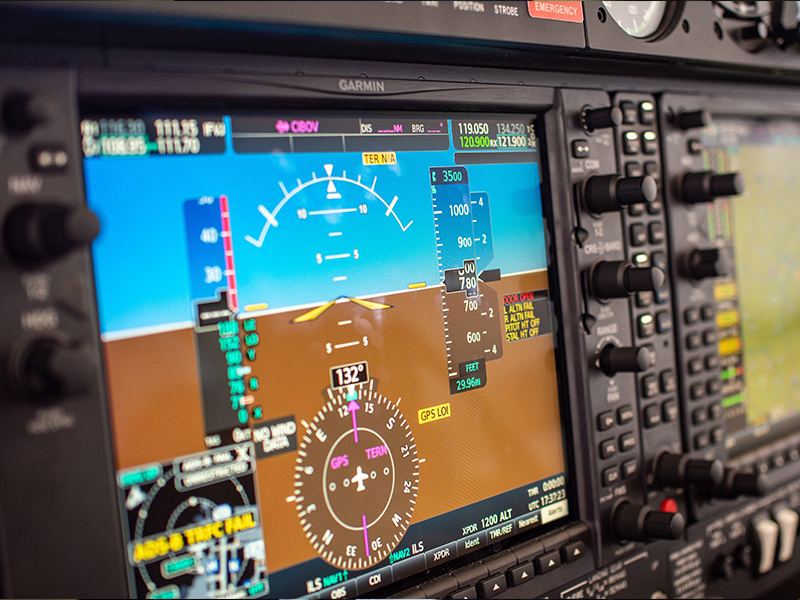


If there is one thing that makes aircraft mechanics cool, it’s this: they don’t have to be in the limelight for their work to be considered cool.
While pilots are often referred as captains, aircraft mechanics can be referred as surgeons of the flying machines. They tinker aircraft to the core, make sure they are in good condition, and double check if they are 100% safe to operate — all behind-the-scenes!
While most people make it a point to be recognized for their work, aircraft mechanics don’t have to say a word to be known and respected – they just work, effectively. In fact, without them, the whole aviation industry will crumble down to dust – figuratively and literally!
Aircraft mechanics, however simple as that job description might sound, shoulder a heavy responsibility on the lives of everyone who will step on the aircraft. One small mistake on their part, and it could cause a devastating headline on the news.
Curious enough on what do they actually do? Let’s list them down.
After aeronautical engineers design and build aircraft, aircraft mechanics are then responsible in keeping the machine, as they say it, “airworthy”.
Here are some examples of what they actually do:
– Aircraft mechanics read and interpret technical manuals needed to properly perform the procedures of repair or maintenance. They are also the authority in keeping the maintenance records or so called the “health record” of each aircraft. They do this on the aircraft they’ve worked on so that they’ll know what have been and have been not altered from the original design – in case they have to change back something.
– Only they have the right and skill to inspect, examine, and test engines for defective, damaged, or malfunctioned parts effectively. (i.e. cracks on metal sheets, corrosion in the wings or all, oil leaks, etc.)
– Only they could modify and update aircraft structures, systems, or components according to the latest aeronautical publications and engineering instructions.
– They also have the power to influence the engineers’ aircraft design, when creating a new aircraft. They use their collected data and information to collaborate with the engineers to create better, healthier flying machines.
– Check the black box in the cockpit or tail regularly. The black box records important data and conversations in the cockpit in case an accident happens.
– Travel where ever their assigned aircraft patient goes to in case it needs some medical attention.
The field of aviation is becoming more and more complex as new technology expands. For this reason, demand for this industry is also booming, especially those that specialize in certain fields.
Speaking of specific fields, do you know that the term “aircraft mechanic” is a generalized term? There are actually many branches connecting under the title aircraft mechanic. You could see some of them here.
Now, do you agree with us that aircraft mechanics are cool? They sure are! Not to mention, they have cool salaries too. In fact, as of 2013, aircraft mechanics belong to the 8th highest paying jobs in the Philippines (fresh graduate level). What a dream job!
Interested in becoming an aircraft mechanic? Well, you first need to find a good school that will make you one. WCC Aviation is an aviation school renowned for its education that meets the standards of the industry. Keep yourself updated for more aviation love!
The information contained in this website is for general information purposes only.
While WCC Aviation Company endeavors to keep the information up to date and correct, we make no representations or warranties of any kind, express or implied, about the completeness, accuracy, reliability, suitability or availability with respect to information published in this website.
Click here to read the Privacy Statement in full